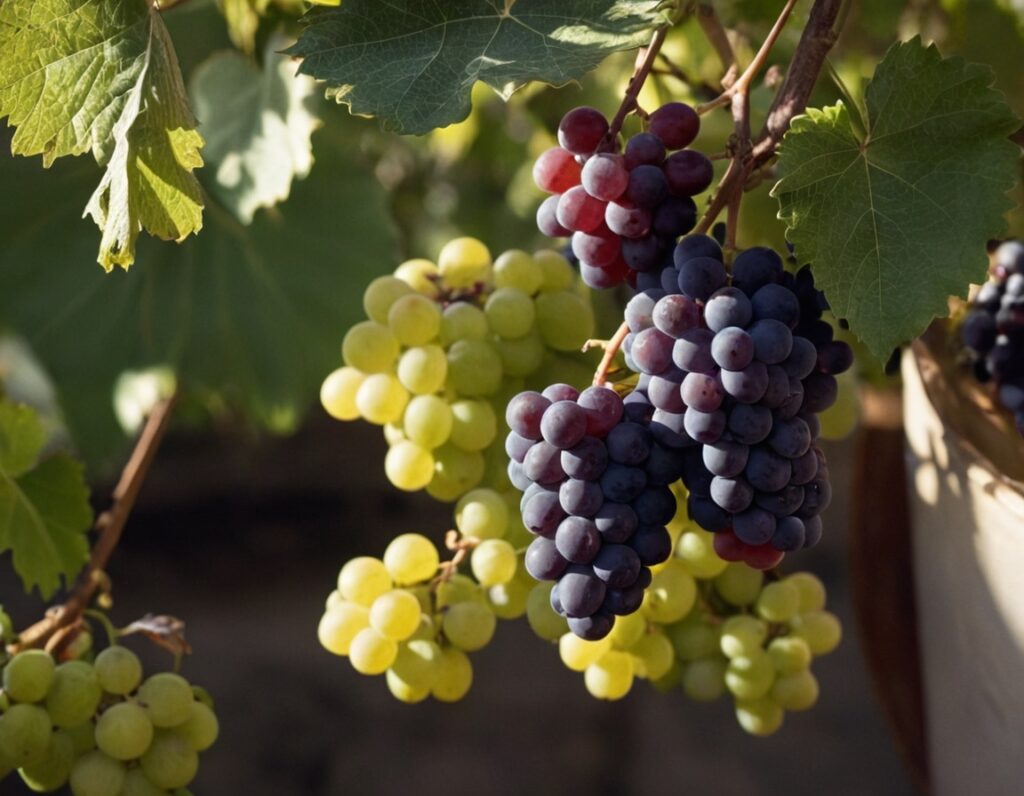Grape Varieties: Profiles and Characteristics
Introduction
Discovering the soul of wine: a journey through its origins. Wine, a beverage that has been linked to culture and human society since time immemorial, finds its essence in a small but mighty fruit: the grape. But have you ever wondered about the grape varieties that give life to the different types of wine that grace our tables? Today, we take you to discover the peculiarities that make each strain unique.
The Reds that Paint Our Palates
– Tempranillo: A sensory journey through Spain. This grape, the backbone of Rioja wines, offers us intense flavors of red fruits, tobacco, and vanilla, a result of its noble aging in barrels.
– Cabernet Sauvignon: The elegant robustness. Known for its imposing presence on the palate, this varietal is the cornerstone of many aged wines, offering a range of aromas from cassis to green pepper.
– Pinot Noir: Delicacy at its finest. From the region of Burgundy to the Chilean valleys, this grape teaches us that elegance can lie in the subtlety of red fruit and spice notes, framed by a silky texture.
The Whites that Refresh Our Souls
– Chardonnay: Liquid gold in your glass. Versatile like no other, this grape adapts to the climate and soil, offering us everything from fresh, mineral wines to complex masterpieces with butter and oak.
– Sauvignon Blanc: An explosion of freshness. Ideal for hot days, its wines surprise us with vibrant notes of cut grass, gooseberry, and passion fruit.
– Riesling: Balanced sweetness. This German varietal is the queen of duality, capable of producing both dry and sweet wines, always maintaining a crisp acidity that invites the next sip.

The Influence of Terroir on the Grape’s Character
How soil and climate shape flavor. Terroir, that almost mystical concept in the world of wine, refers to how the geography, soil, and climate of a specific region influence the flavor of the grape and, therefore, the wine. This is why a Cabernet Sauvignon from Bordeaux tastes different from one from Napa Valley, even though they share the same genetics.
Perfect Pairings: Uniting Flavors
Stellar combinations to enhance your experience. Gastronomy and wine go hand in hand in a harmonious dance, where each element highlights the qualities of the other. From the classic pairing of a Pinot Noir with salmon to the innovative combination of a Riesling with Thai food, the possibilities are endless.
Exploring with wine is an art that invites experimentation, always seeking that perfect balance that turns a meal into a memorable experience. The key is to understand the characteristics of the wine – its body, acidity, sweetness, tannins – and how these can complement or enhance the flavors of the dishes. For example, a full-bodied Chardonnay with oak notes pairs wonderfully with creamy dishes or seafood, while a Tempranillo, with its earthy and ripe fruit notes, is the ideal companion for red meats and stews.
The world of wine is vast and full of nuances, and each grape variety offers us a window into the culture and traditions of its place of origin. Through their profiles and characteristics, grapes tell us stories of landscapes, climates, and expert hands that cultivate and transform them into the liquid we cherish in our glasses. The main grape varieties are not just ingredients; they are the essence of a legacy that continues to evolve, inviting us to explore, taste, and celebrate the diversity and richness of wine.
So, whether you prefer the intense character of a Cabernet Sauvignon, the freshness of a Sauvignon Blanc, or the subtlety of a Pinot Noir, remember that each sip carries with it a story, a piece of land, and the effort of those who made it possible. The next time you enjoy your favorite wine, take a moment to appreciate the wonders that the main grape varieties have to offer.